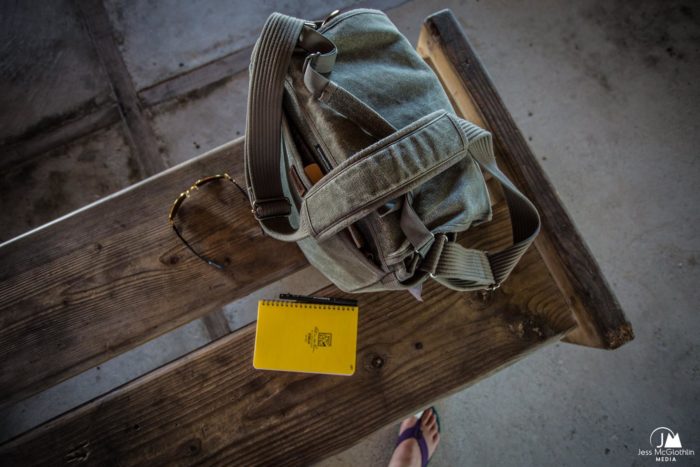
(Author’s note: This post was originally published August 14, 2017. In the spirit of continued queries and the turn to 2020, I’ve edited slightly and posted again.)
I get at least two emails or social media messages a week. “Hey, what you’re doing looks like a lot of fun. I’m A) about to graduate or B) looking to leave my corporate job and want to travel the world to shoot photographs of people fishing. How can I get your job?”
It’s always flattering to have the public view one as an expert in, well… anything. And I’m more than happy to share the path that lead to me to where I am now. It’s an ever-evolving proposition, and I’m sure as hell learning something new every day.
Every conversation, be it a phone call, in-person, or via email, however, beings with this simple warning: it’s not as glamorous as it looks. In between the monster fish, beautiful locations and far-flung locales, there’s plenty of sleeping on grimy airport floors, getting tested for tropical diseases and eating whatever food might be on hand (readily identifiable or not… when in Rome, and all that.).
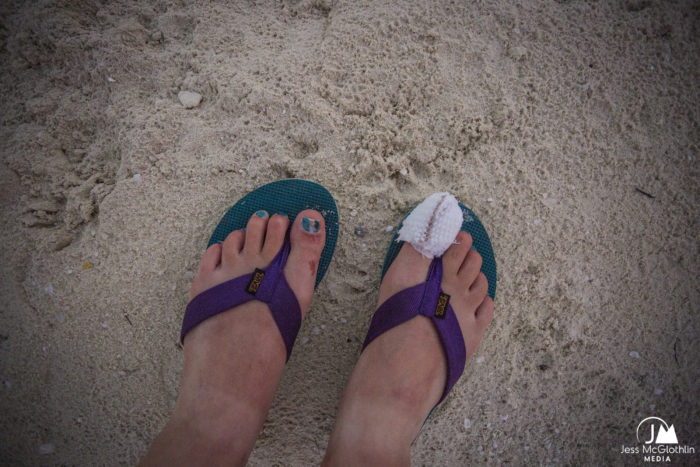
There are also the 3AM work sessions, glazed eyes from photo editing days and exhausted writing stints where I stare vacantly at a blank sheet of paper until I just decide to start writing gibberish. Stability is a forgotten thing — I keep a “go bag” packed for last-minute trips (see some of my favorite gear here), and keeping a steady relationship is challenging to say the least. I pay rent even though I’m gone anywhere from four to six months of the year.
So, yes, while it may look glamorous and exciting — and it can be both, though glamorous isn’t often the adjective I’d use — realize there’s a cost to those good moments.
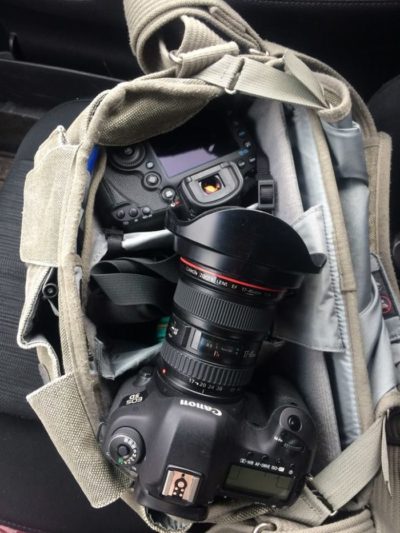
Still thinking about becoming an outdoor / fishing photographer or writer? Read on; here are five tips to help you on your way.
1) Most important of all: be willing to put the work in. In my early years, I worked three jobs while teaching myself how to shoot. There’s no way to gain an instant skill set in this world… to be a professional, it takes long hours in the field, plenty of research and learning on your own and a willingness to set aside other aspects of your life in order to make it work.
Put the ego aside and realize you’ve got a lot to learn. We all do.
2) Develop your own style. The end goal is for someone to be flipping through the latest fishing magazine, lay eyes on one of your images and immediately know who shot it. A distinct shooting style sets you apart from your peers — and it’s something editors and commercial clients will look for. I’ve gotten some jobs because of my style, and had clients turn me down for others for the same reason. Sometimes it’s a good fit, other times it’s not, and that’s okay.
Your own style is a personal decision; don’t just copy how someone else shoots. Experiment, see what feels right, and make it your own.
3) Learn other aspects of the industry. This is especially true if you want to become fly-fishing-specific media. You need to know what life on the other side of the lens is like. Some of the best moves I made early on in my career were working in lodges internationally and fly shops around the U.S.. This helped me understand the challenges on the other side of the lens, and also helped establish credibility. Now, I can arrive at a lodge for a shoot and honestly say, “Hey, I’ve been in your shoes. We’re good.” Everyone relaxes.
Also, do yourself a favor and learn how to cast. It’s hard to look like a professional in the industry — in any matter — if you can’t fish yourself. The first day out with a new guide on location, we’ll chat about the battle plan and expectations, and then I’ll casually pick up the rod for a little bit. I’m by no means a rock star caster, but I can get it done. When a guide sees that he’s with someone who knows what they’re doing, the day mellows indescribably. Learn to fish; you don’t have to be the best in the world but at least cover your basics. The effort will be respected.
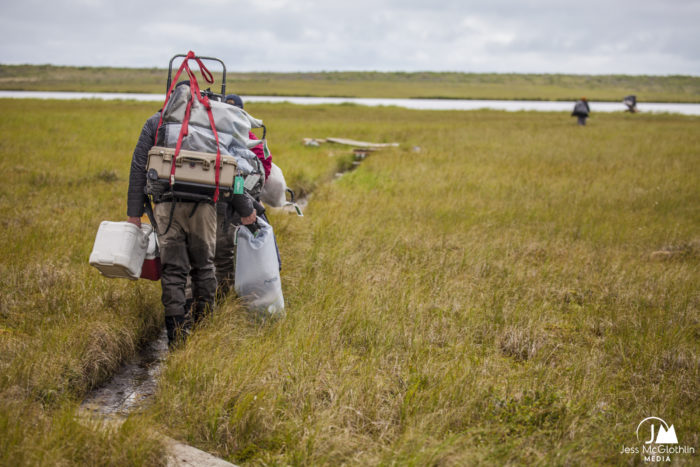
4) Take notes. So, you only want to be a photographer… forget all that writing stuff. Okay. You should still pack a notebook and pen (or a phone with note-taking capabilities). Take notes — names, places, distances, fish habitat, funny phrases, etc. Good, complete captions are key — editors will appreciate if you have the correct information, and plenty of it.
5) Just shoot. So, you’re not flying halfway around the world to cover an exotic fishery. Grab a friend and head to your neighborhood river. Play with light, play with fish, play with moving your feet and capturing different angles. Just play. Shoot subjects other than just fishing. You’ll be amazed at some of the images that you come away with.
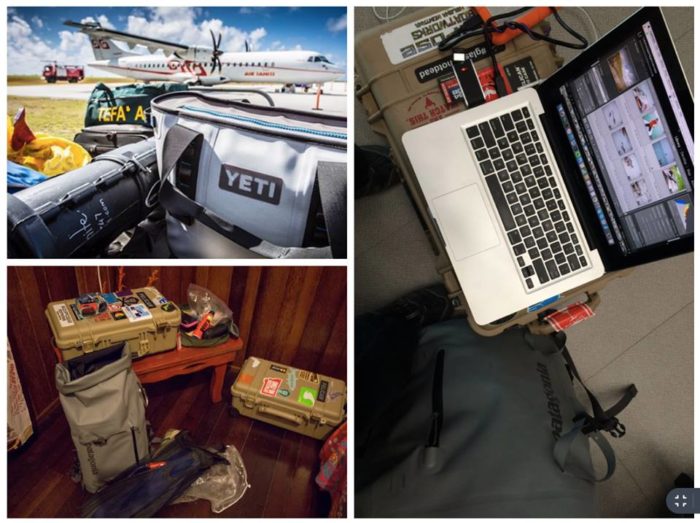
Perhaps the biggest rule of all is to do what feels creatively right. I don’t know how many times I’ve been out shooting and see something spectacular through the lens, then just feel a goofy smile cross my lips. You’ll know when it feels right. And sometimes those shots take a lot of effort — technical set-up, lighting, hiking in long distances, wading deeper than your comfort level, ignoring that pesky little blacktip shark that keeps cruising by, etc. — while other times, it seems as easy as pie.
Pick up your camera, get on your feet and shoot. Learn how to use your camera — get it the hell off auto. Network within the industry. Don’t be afraid to work… it’ll take you far. And, at the end of the day if you decide being a professional is just too much, don’t let it dampen your creativity or your love of fishing. Everyone comes at this lifestyle differently, and that’s the beauty of it.
Want a peek at what happens behind the scenes? While I was on commercial and editorial assignments this past summer in Swedish Lapland, the Swedish Lapland Tourism team (who were rather savvy anglers themselves) shot this video. It’s quite candid — I was too busy focusing on my own assignments to do any kind of scripted… anything — but the team did a fantastic job of it. We filmed most of the audio at 2 or 3AM over the course of several mornings, so here’s a bit of tired honesty for you… and a look at life on location: